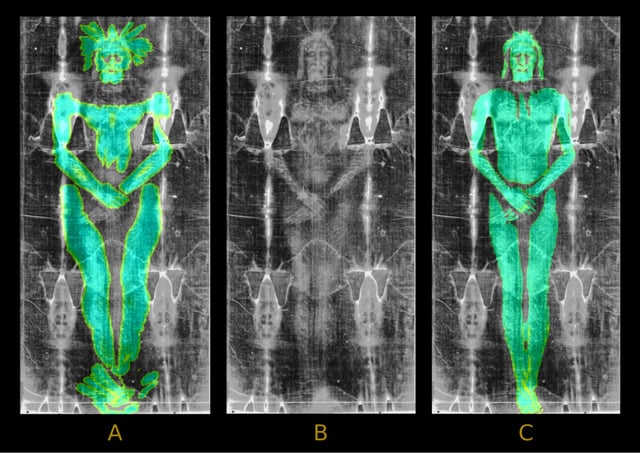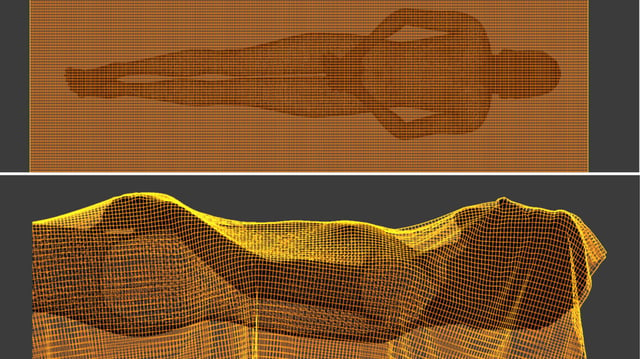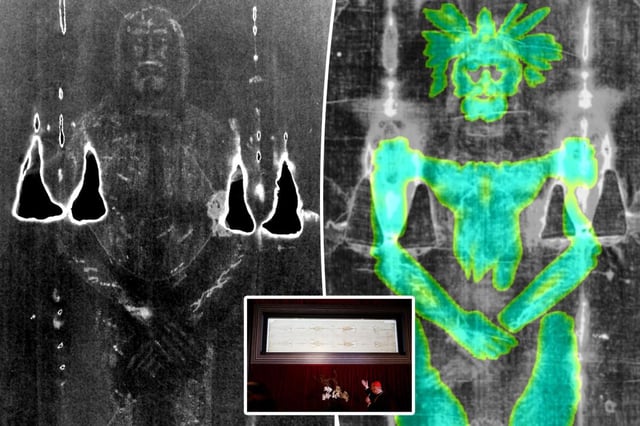Overview
- A new paper in Archaeometry by Cicero Moraes uses digital 3D modeling to argue that the Shroud’s image geometry is consistent with a shallow relief rather than a body-wrapped cloth.
- Moraes virtually draped fabric over both a human figure model and a low-relief sculpture, finding that only the relief scenario reproduced the Shroud’s proportions without distortion.
- While conceding a remote chance the cloth could reflect a three-dimensional body imprint, the study concludes that the Shroud is a masterpiece of medieval Christian funerary art.
- The research follows decades of radiocarbon and WAXS dating efforts that have alternately affirmed a medieval age and suggested an ancient provenance for the linen.
- Detractors like Giulio Fanti at the University of Padua maintain that bloodstain patterns and fluid traces on the cloth indicate genuine crucifixion wounds.


